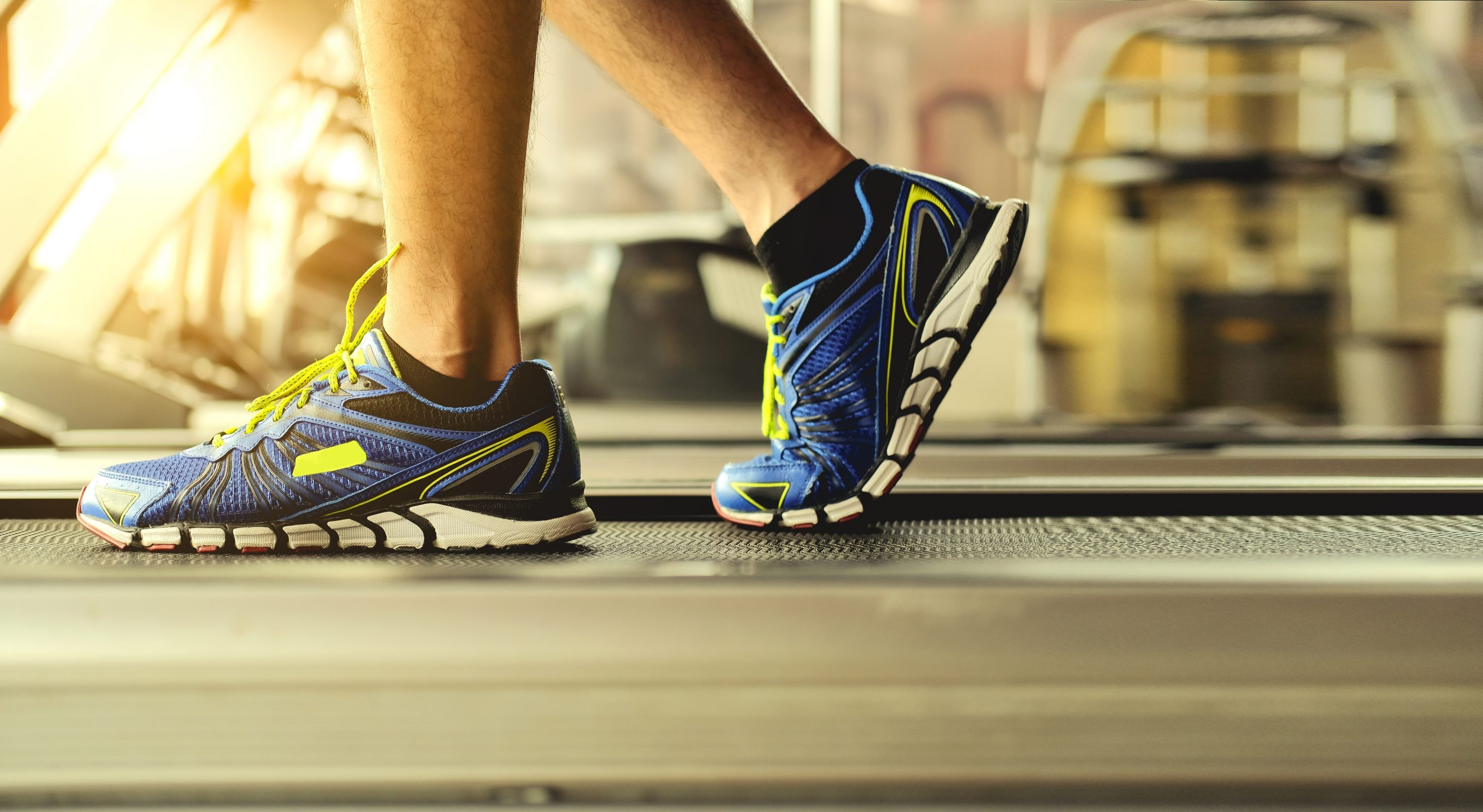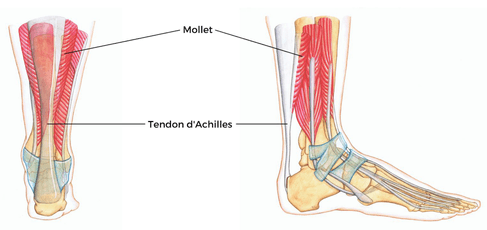Ankle/foot
Achilles tendinopathy
by Uperform

Achilles tendinopathy is a lesion that generally occurs following heavy and repetitive use of the Achilles tendon.
▬▬▬▬▬
SIGNS & SYMPTOMS THAT MAY APPEAR
Each person will react differently after an injury and recovery will depend on the severity of the injury. Achilles tendinopathy can produce, but is not limited to, pain along the Achilles tendon that worsens with exercise, increased stiffness and tenderness in the morning, difficulty weight bearing, and localized edema .
▬▬▬▬▬
HEALING
Your rehabilitation plan, health profile, fitness level and nutritional status affect recovery time. Most of the time, full resumption of activities without pain is possible within 12 weeks when the tendinopathy is taken care of quickly, while the recovery time may be longer in cases of chronic tendinopathy where pain is present. for months or years.
▬nov of thisims. ▬▬▬▬▬▬▬▬▬▬▬▬▬▬▬▬▬▬▬▬▬▬▬▬▬▬▬▬▬
▶ TO DO
Initial stage
Relative rest is a good way to protect your Achilles tendon and prevent your injury from getting worse, but it’s important to avoid overprotecting it. A gradual return to weight bearing during training or your activities of daily living is important so as not to overload the tendon beyond its ability to adapt. Training with cardiovascular exercises that do not cause pain, such as cycling in the event that running is the cause of tendinopathy, will maintain your physical condition by minimizing the demand on the tendon of Achilles.
During rehabilitation
Follow the advice of your therapist. This will help you manage the different phases of the healing process and increase the chances of successful rehabilitation. Your therapist will accompany you during the gradual return to your activities or training and during your rehabilitation program in order to regain your range of motion, your strength and muscular endurance, your balance and your functional state.
According to the principles of rehabilitation of tendinopathies, the progressive loading of the tendon would be
the most important element for functional recovery. For Achilles tendinopathy, a
progressive training program over a period of 12 weeks is quite common.
▶ AVOID
Do not rely solely on a passive treatment approach. Each phase of the process of
rehabilitation is important. Patients who actively participate in their treatment plan and who
follow a gradual return to activity program tend to recover faster. As soon as you feel better, the pain is well managed and in collaboration with your therapist, introduce light strengthening exercises according to your tolerance.
